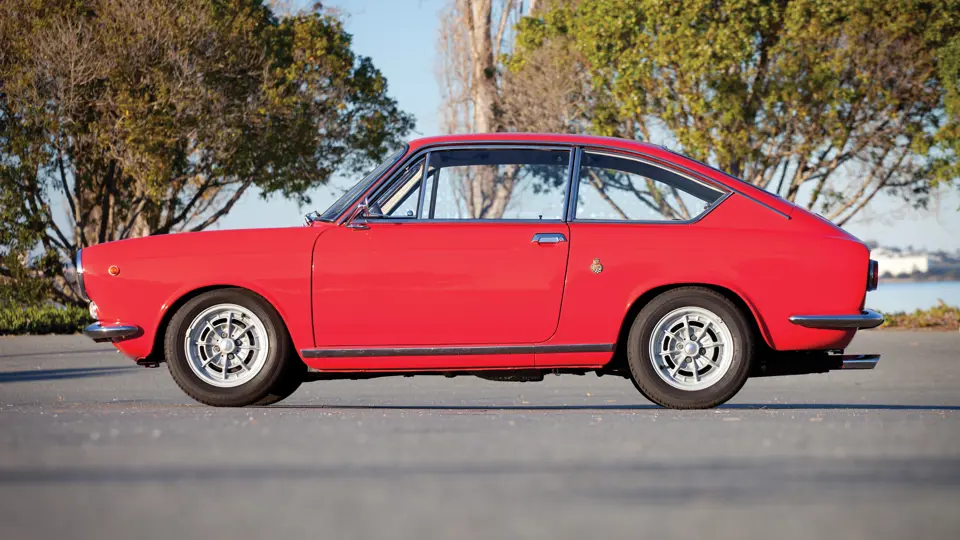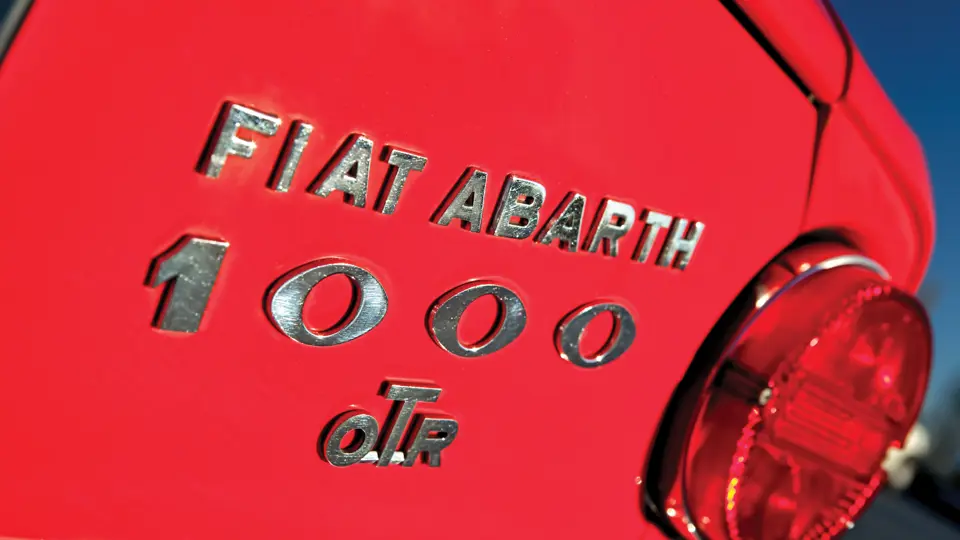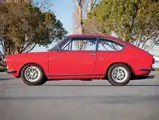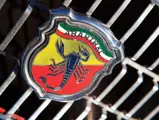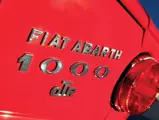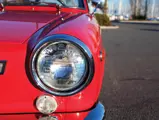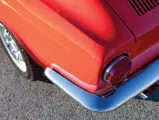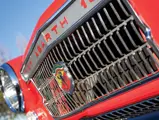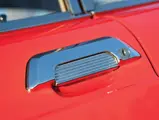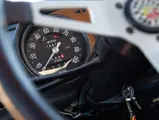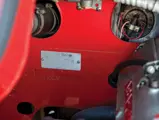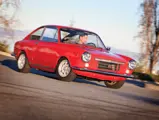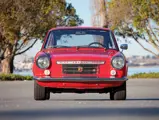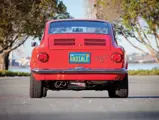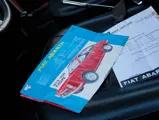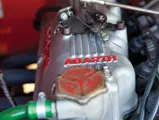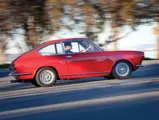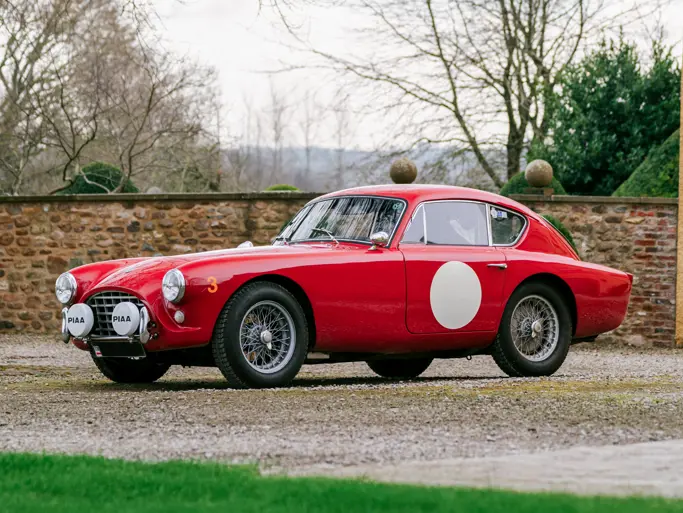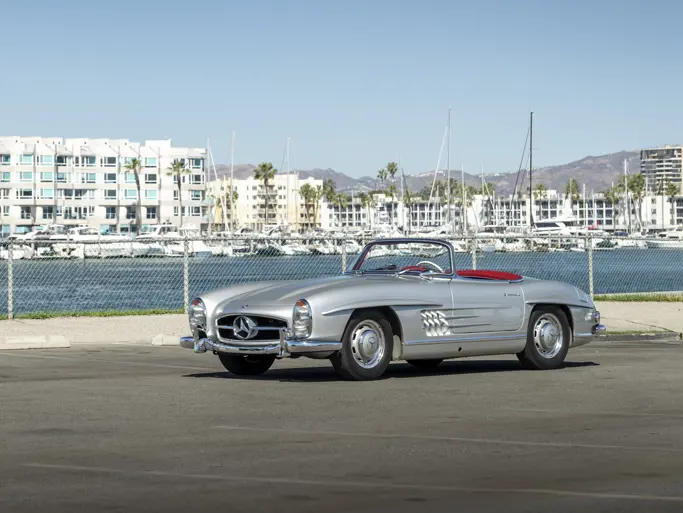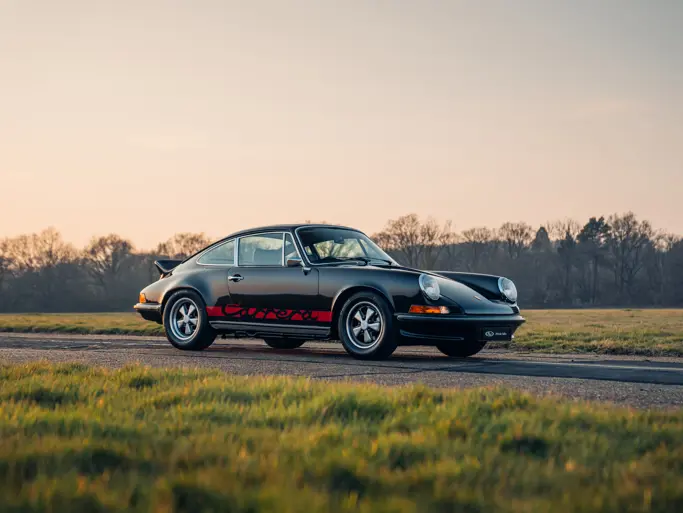100 bhp, 982 cc water-cooled four-cylinder engine, four-speed manual synchromesh transmission, independent front suspension with rear coil springs and shocks, and four-wheel hydraulic brakes with front disc and rear drums. Wheelbase: 77.8 in.
Karl Abarth, later known as Carlo Abarth, was born in Austria. He created a small manufacturing empire in Italy during the 1950s by building performance mufflers and other parts for Fiat and other European makes. Carlo adopted his Scorpio birth sign as the logo for his company, and he soon evolved into a car manufacturer in his own right. Abarth had a connection to virtually every Italian auto manufacturer in the 1950s and 1960s, which initially began with Cisitalia but eventually evolved to one principal relationship with Fiat.
Fiat most often supplied the body shells or partly completed cars, which Abarth then modified. The Fiat/Abarth arrangement benefited both concerns with the many class victories that his cars captured in competition. The 1000 OTR, which was derived from Fiat’s new 850 Coupe and was equipped with a special “radiale” engine, was introduced in late 1965. The intention was to essentially duplicate the efficiency of the Abarth twin-camshaft cylinder head without the complexity. However, the SCCA thought that the radiale head was a little too clever and that the OTR was too modified and powerful for its class, so it exercised its right to exclude the OTR from SCCA competition cars, deeming it “not considered suitable.” This is one of the explanations for OTR’s low production figures as road cars.
The example presented here is a highly original 12,500-mile car that was imported into the United States by a West Coast Abarth dealer, and it is understood to have changed hands only twice since then. The owner reports that the Fiat-Abarth underwent a complete mechanical restoration and has covered approximately 3,000 very exciting miles since. Notably, during the mechanical restoration, the original wheels and tires were placed in storage and period-correct Campagnolo magnesium wheels with modern tires were fitted for safety and reliability.
Parts included in the sale of the Fiat include the spare wheel and tire, the original wheels with the original tires, an owner’s manual, jack, and tool kit, an original sales brochure, and a dealer’s price list. Having never lived anywhere outside of the state of California in its entire life, the availability of this high-powered, low production, rare sports car presents a unique opportunity for Fiat enthusiasts worldwide.
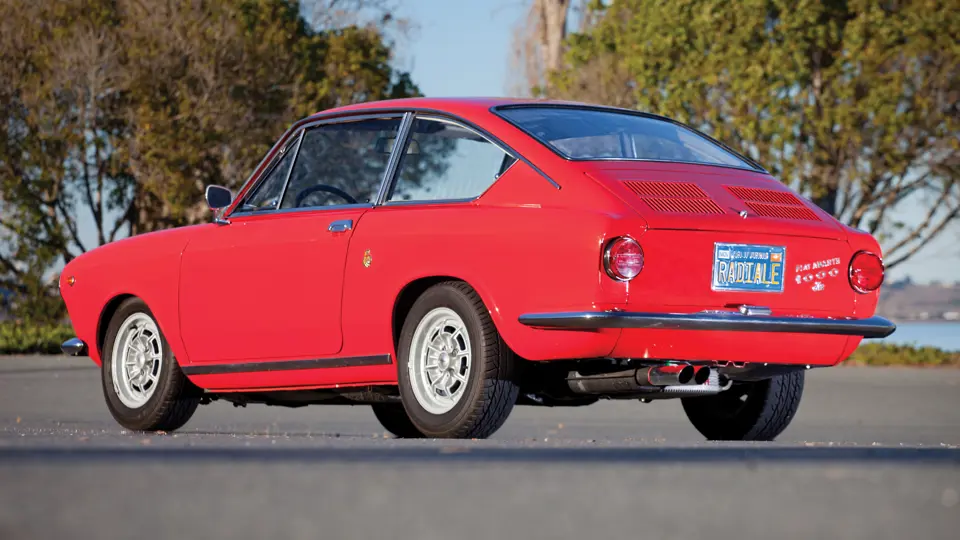




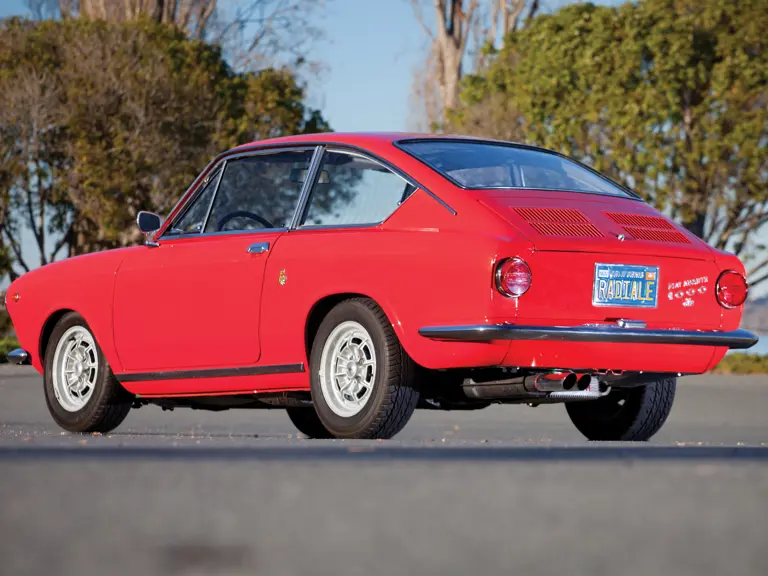
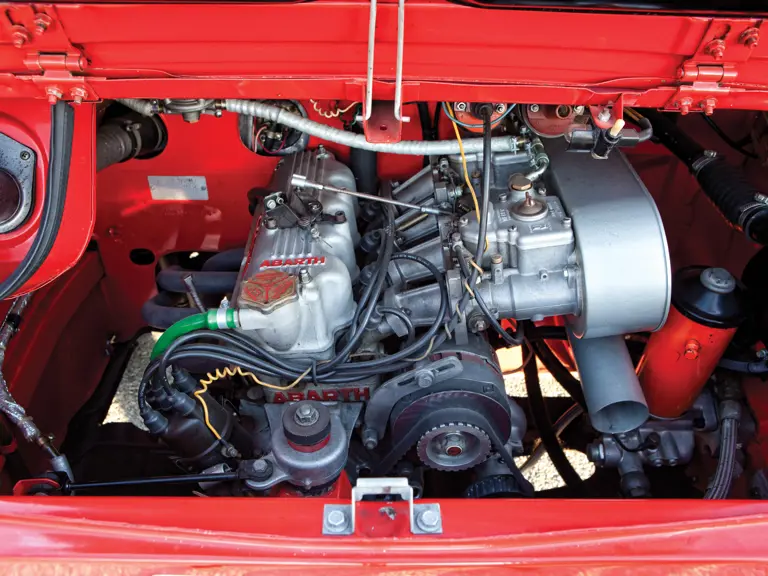

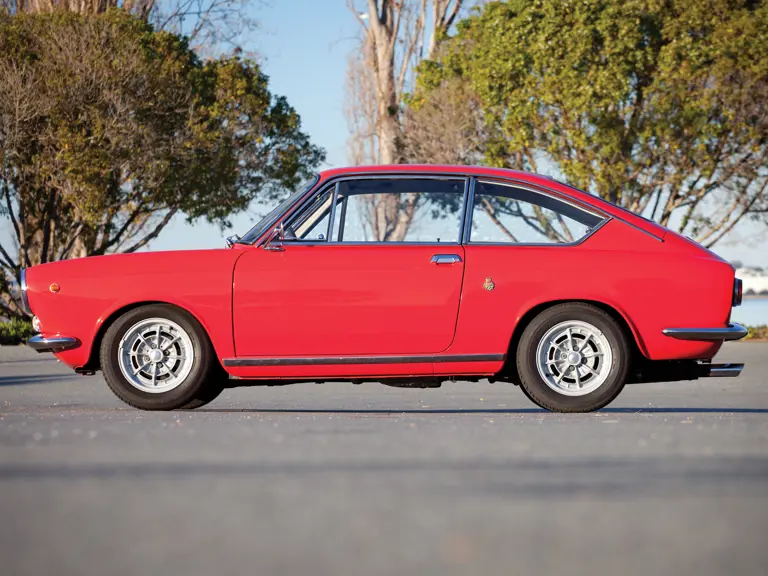
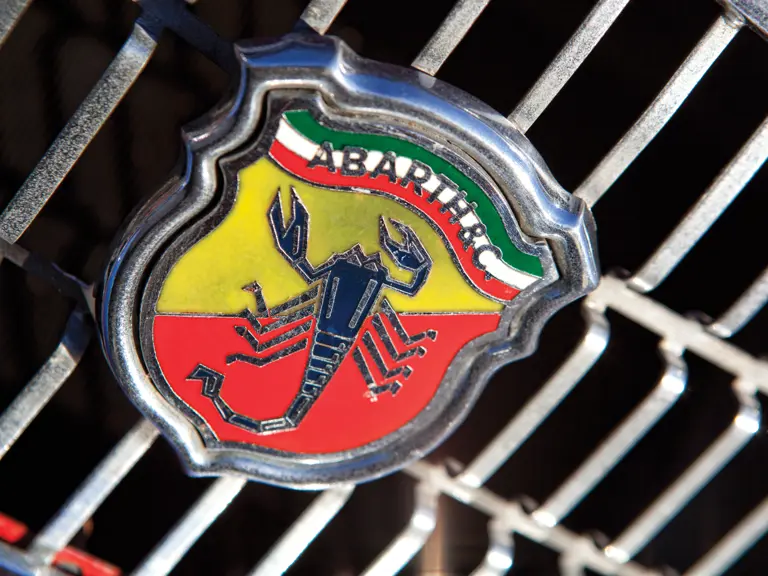
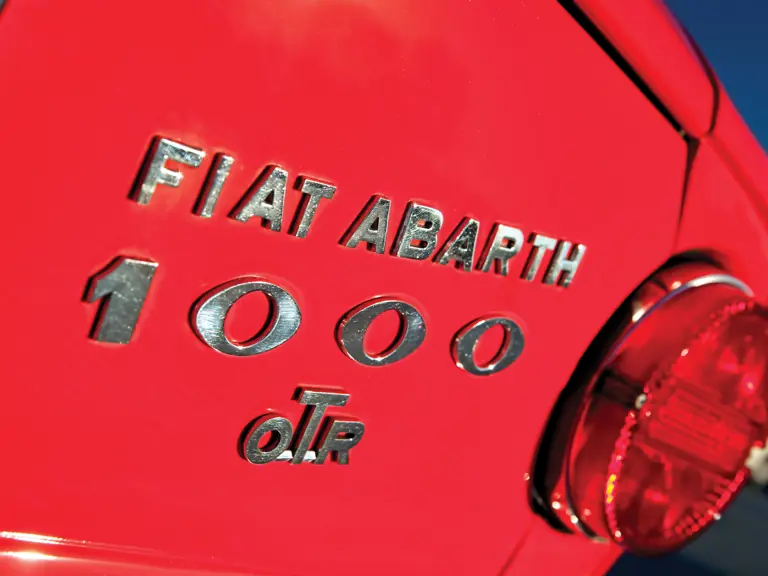
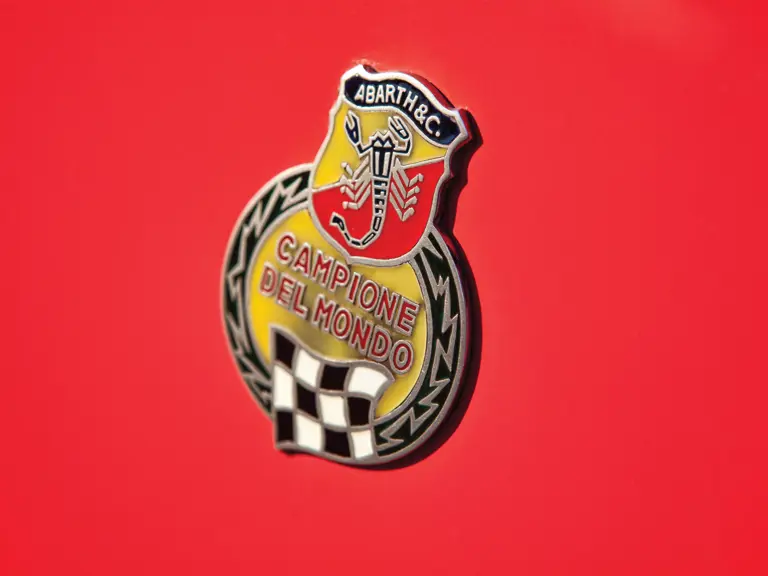
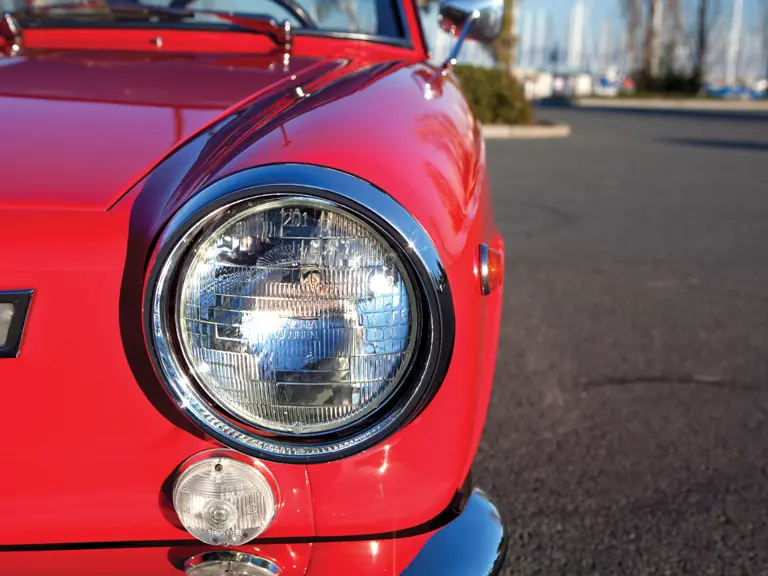

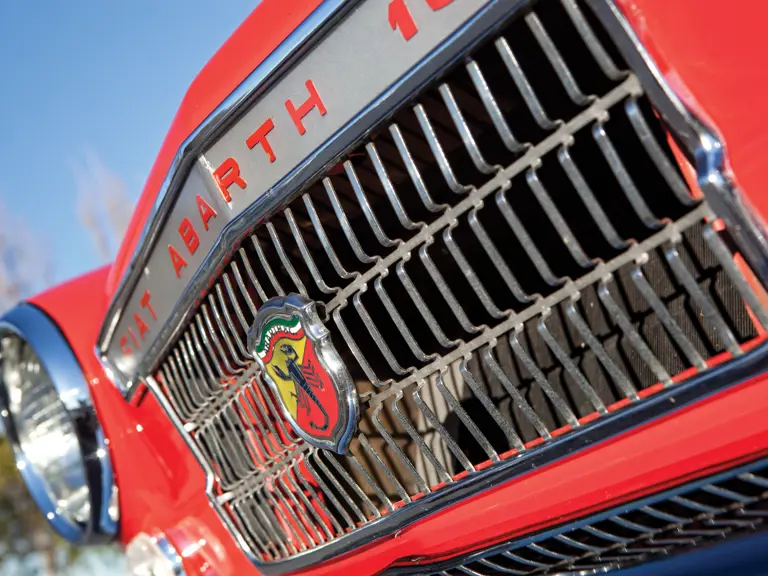
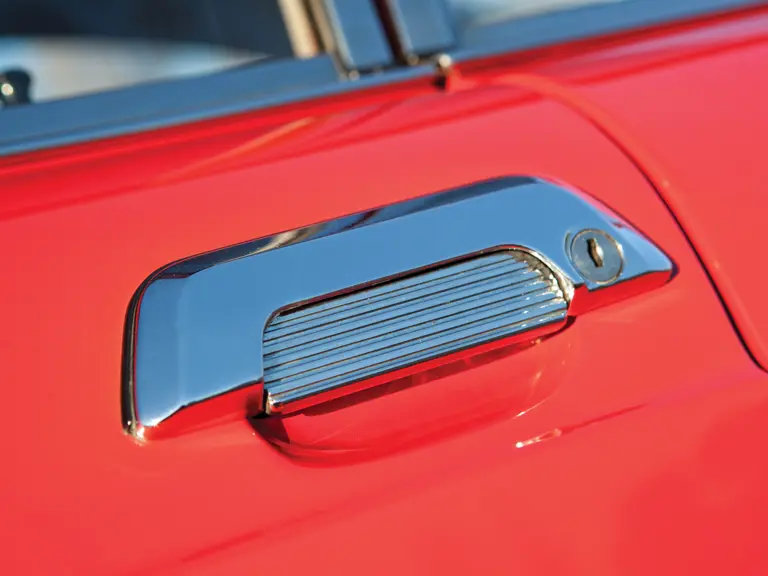
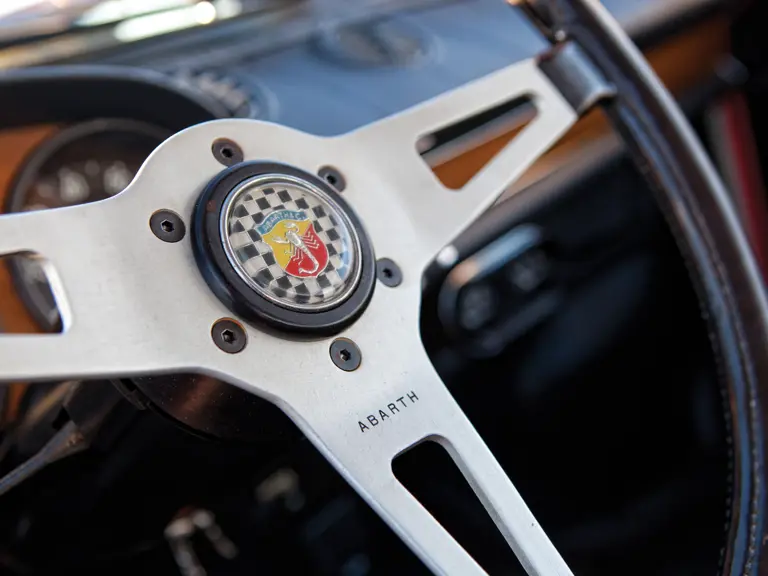
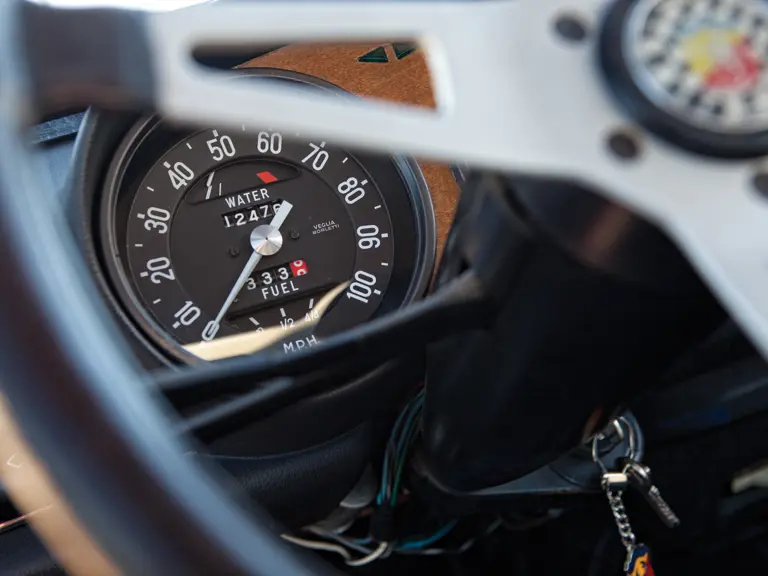
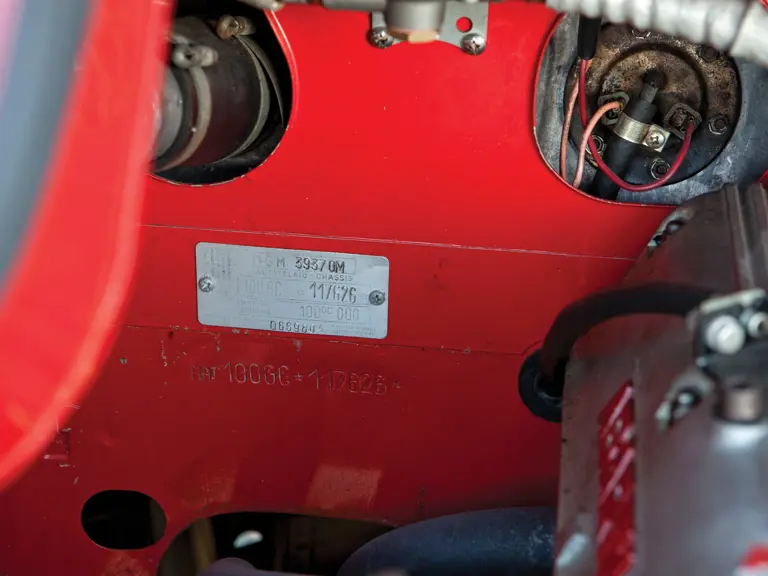

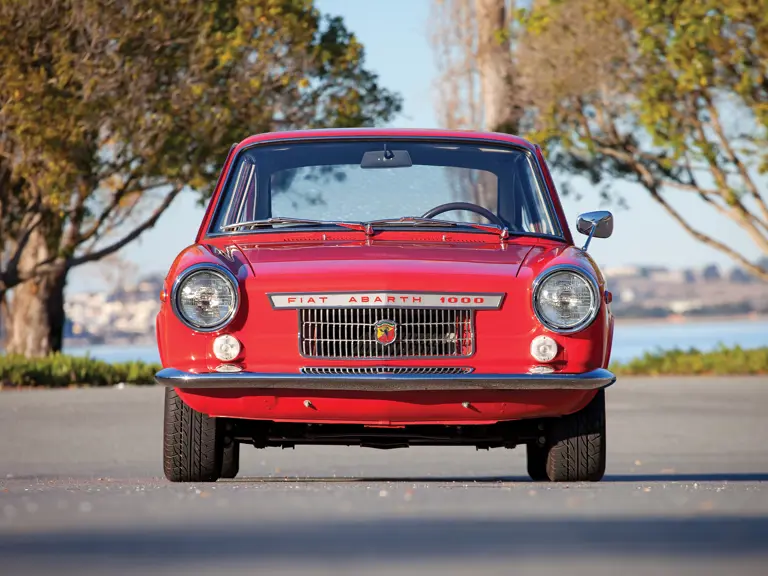
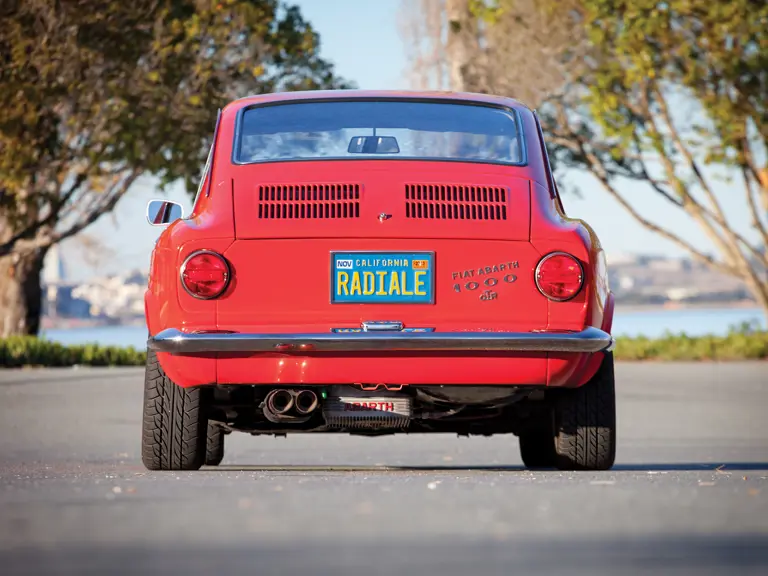
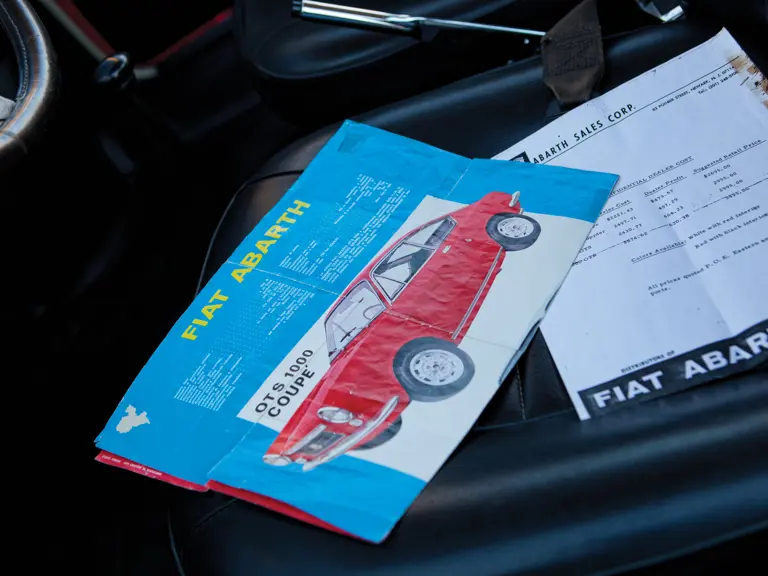
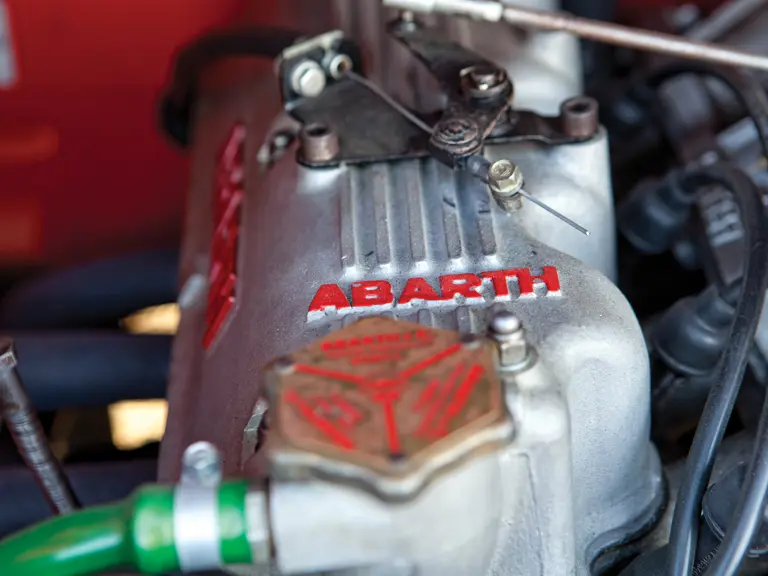
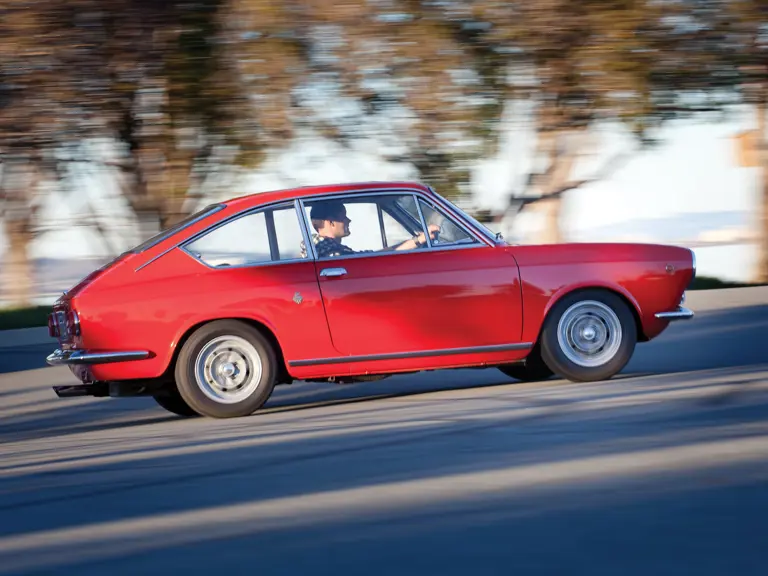
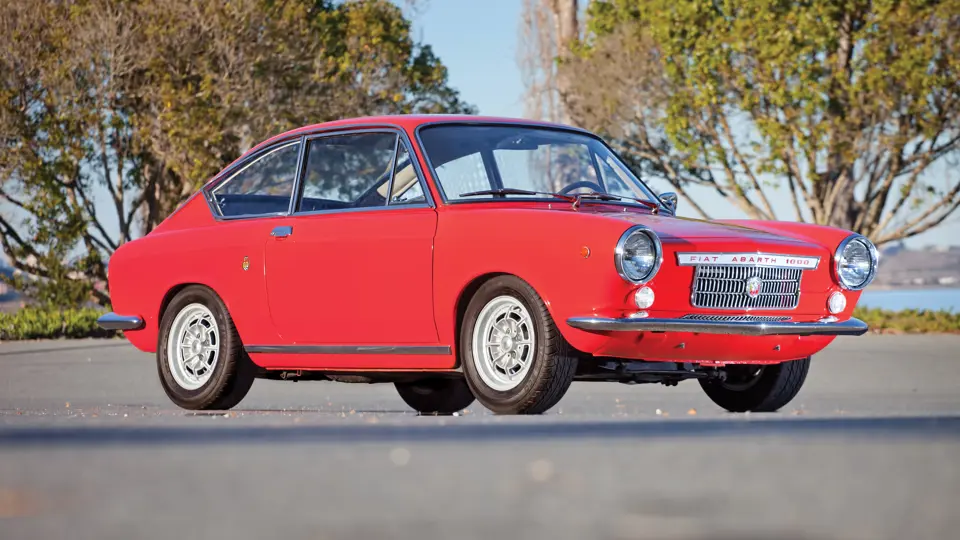
 | Phoenix, Arizona
| Phoenix, Arizona
